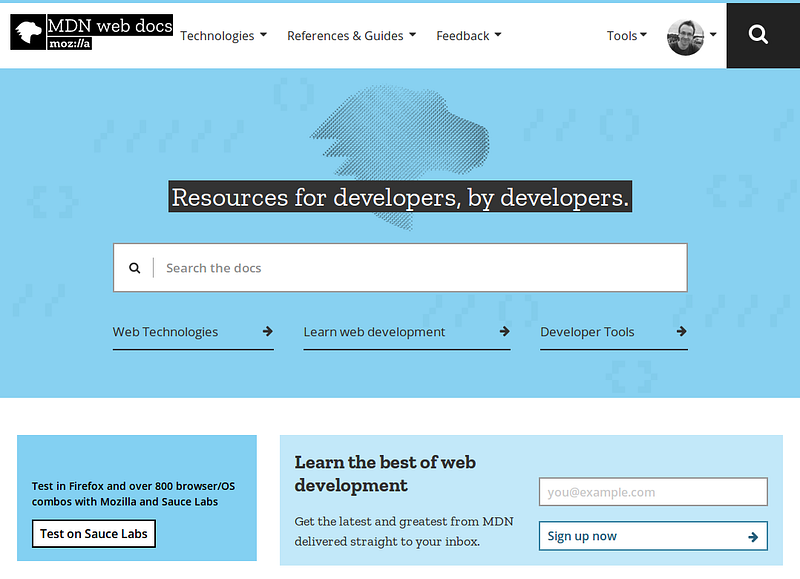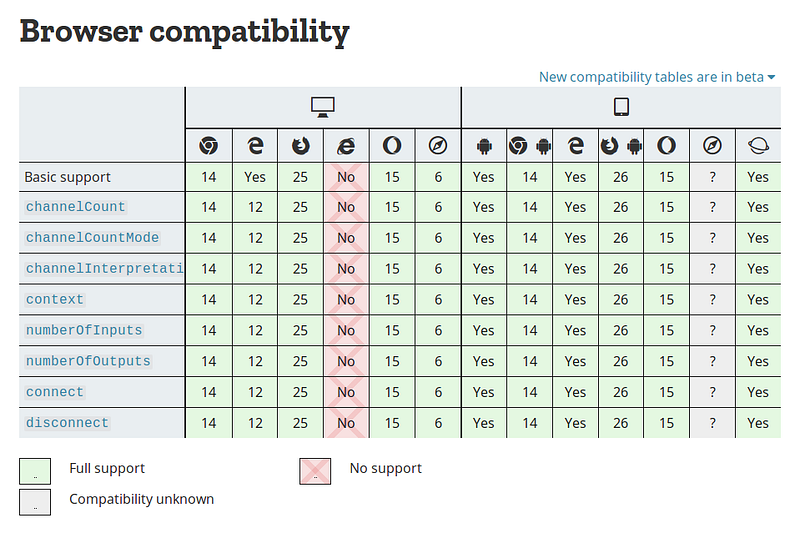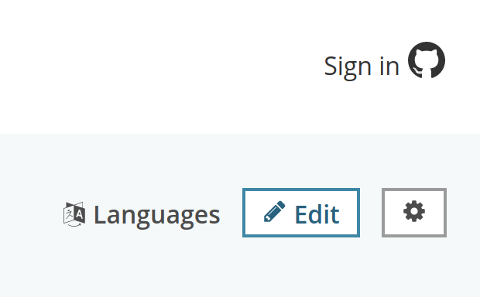We’re helping out on MDN Web Docs — and you can too!
If you’re a web developer, you’re likely to be familiar with MDN Web Docs, “the encyclopedia of web development”. It’s a vast set of online resources for web development and its pages are likely to show up in your search results when you look for information on HTML, CSS, JavaScript, Web APIs and more. It has millions of developers and designers visit it every month.

The front page of MDN web docs
The site is constantly evolving and improving. Currently, work is ongoing to add interactive examples inside docs pages, make browser compatibility data more maintainable and reusable — and much more.
With over 50,000 pages, evolving and maintaining the site takes a lot of work! Thankfully, there’s a lot of people helping out…
The MDN acronym originally stood for “Mozilla Developer Network”, but nowadays it’s a combined effort involving Mozilla, Microsoft, Google, Samsung and the W3C — each dedicated to helping MDN be the best reference for web developers. Last year, a Product Advisory Board (PAB) formed with representatives from each. One of the members is Daniel Appelquist, the head of our Developer Advocacy team.
As well as helping the PAB to guide the future of MDN, we’ve been pleased to help out recently with Web Payment code examples and updates to Progressive Web Apps and other docs. We’re especially keen to help out with documenting the Web APIs that we work with a lot, such as WebVR and Web Bluetooth.
In March, Ada and I attended the Hack on MDN event in Paris, focused on the new browser compatibility data. It was the perfect occasion to collaborate on a tool to generate Samsung Internet data (based on existing data, using a set of mapping rules), resulting in a giant pull request!
This resulted in MDN now including Samsung Internet support data for the first time.

An example of the new browser compatibility tables. (Samsung Internet is the column on the right, indicated by the planet icon).
How you can contribute too
Contributing to MDN isn’t restricted to board members or collaborating organisations though — it’s open to anyone. As we recently heard from Ali Spivak at Samsung Create, there are thousands of contributors each month.
If you spot a page that needs updating, you can tap the Edit button. Once you register or login with a Github account, you can make a change directly.

The Edit button in the top right corner
If you would like to update browser support tables, the data now comes from a separate set of JSON files (for easier mass-editing and re-use). Here is the Github repository and here’s a guide for how to get started.
For a more thorough introduction to contributing, Rachel Andrew just posted a great guide here on Smashing Magazine.
If you are near London or Paris, there are also regular events where people get together to work on MDN (the next one is in London on 6th June). If you’re new to MDN / documentation / web development, that’s OK, there’ll be help on hand!
Finally, here is the “Contributing to MDN” Guide and here’s how to join the MDN community to get further help.
We’re very pleased to be able to assist with such a valuable resource — and we hope that together we can help to make MDN even better.
Tagged in Web Development, Documentation, Web Browser, Mozilla, Samsung
By Peter O’Shaughnessy on May 16, 2018.
